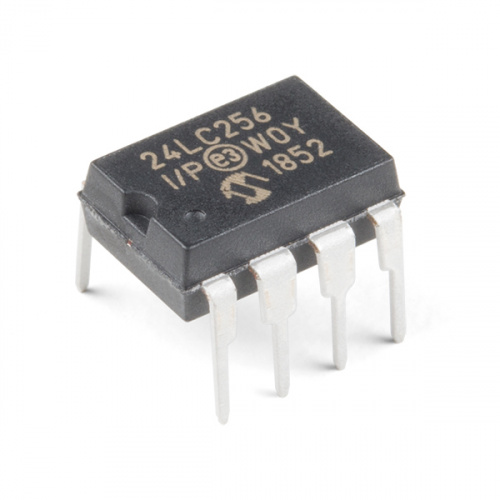
A 256K EEPROM can hold 256K bits of data or just 32K bytes, about 16 pages of plain text. Take note that the number of times you can write is typically 100,000 so you have to manage that.ĮEPROM memory size can be misleading as it is usually specified in bits and not in bytes. While EEPROM can be written byte by byte, flash memory writes in blocks or in big chunks, typically 512 bytes at a time. The flash memory came next and was able to store much more data in the same size. It has a limited guaranteed data retention life which is typically 10 years. The first version is where you can write data in a byte-wide parallel manner and the other is the serial using I 2C where you write in a serial manner. But this should not a problem because there are 2 versions of EEPROM. EEPROM is considerably slower than RAM and has a limitation as to the number of writes (typically 1 million). With the creation of EEPROM, the ROM is no longer a read-only device but rather something you can write back similar to the RAM (Random Access Memory). With this, you can retain the chips and go back to the UV eraser on site.


Then came the EEPROM or the Electrically Erasable Programmable Read-only Memory. It can then take it back to the programmer and do again the so-called “burn and crash”. It has a little glass window and can be erased under a strong UV light. The EPROM (Erasable Programmable Read-Only Memory) came up next. And once programmed, it becomes unchangeable and needs to go back from the start. In fact, what was used was PROM (Programmable Read-Only Memory) and is programmed or “burned” externally in a special programmer with high voltages. ROM stands for Read-Only Memory and was used in early microcontrollers to typically store the computer’s operating system.


 0 kommentar(er)
0 kommentar(er)
